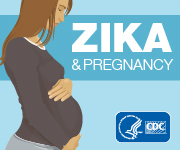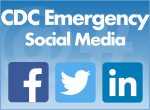Good vs. Bad Crisis Communication

In a world where good battles evil on the news, in books, and through movies, it should be no surprise that these contrasts also exist in Crisis and Emergency Risk Communication (CERC). Rather than rescuing a damsel in distress, good communicators can empower entire communities to protect themselves. Bad communicators risk promoting harmful human behaviors that can increase injury, illness, and death.
While the villain in fairytales is often intentionally malicious, bad communicators may simply be unaware that there is a better way to communicate in an emergency. Unfortunately, simple mistakes can cost the public’s trust, leading people away from public health recommendations and risking their safety. Fortunately, CERC provides a roadmap to improve communication during emergencies.
Good communicators use CERC principles to get information to the people who need it most. In an emergency, CERC can help communicators learn what to say, when to say it, and how to say it. CERC is a way to talk to people during a crisis, to get them information they can understand and actually use. And the right message at the right time from the right person can save lives.
|
|
For more resources and information on CERC, please see Crisis and Emergency Risk Communication, 2014 Edition or Crisis and Emergency Risk Communication Pandemic Influenza, 2007.
Have you used CERC in your work? To share your CERC stories, e-mail cercrequest@cdc.gov. Your stories may appear in future CERC Corners.
- Page last reviewed: March 23, 2017
- Page last updated: March 23, 2017
- Content source:
- Maintained By:





 ShareCompartir
ShareCompartir
